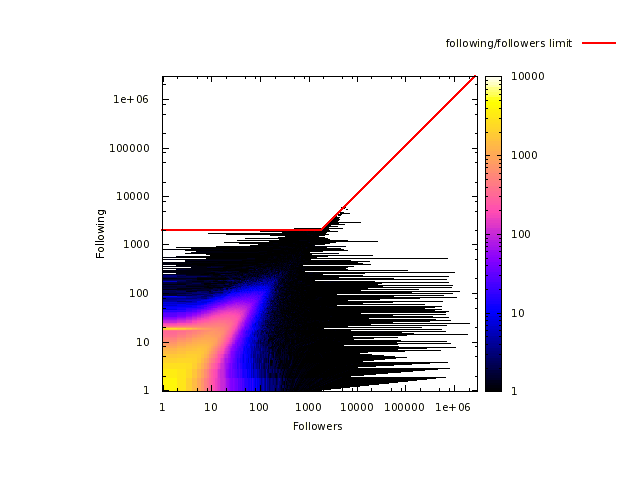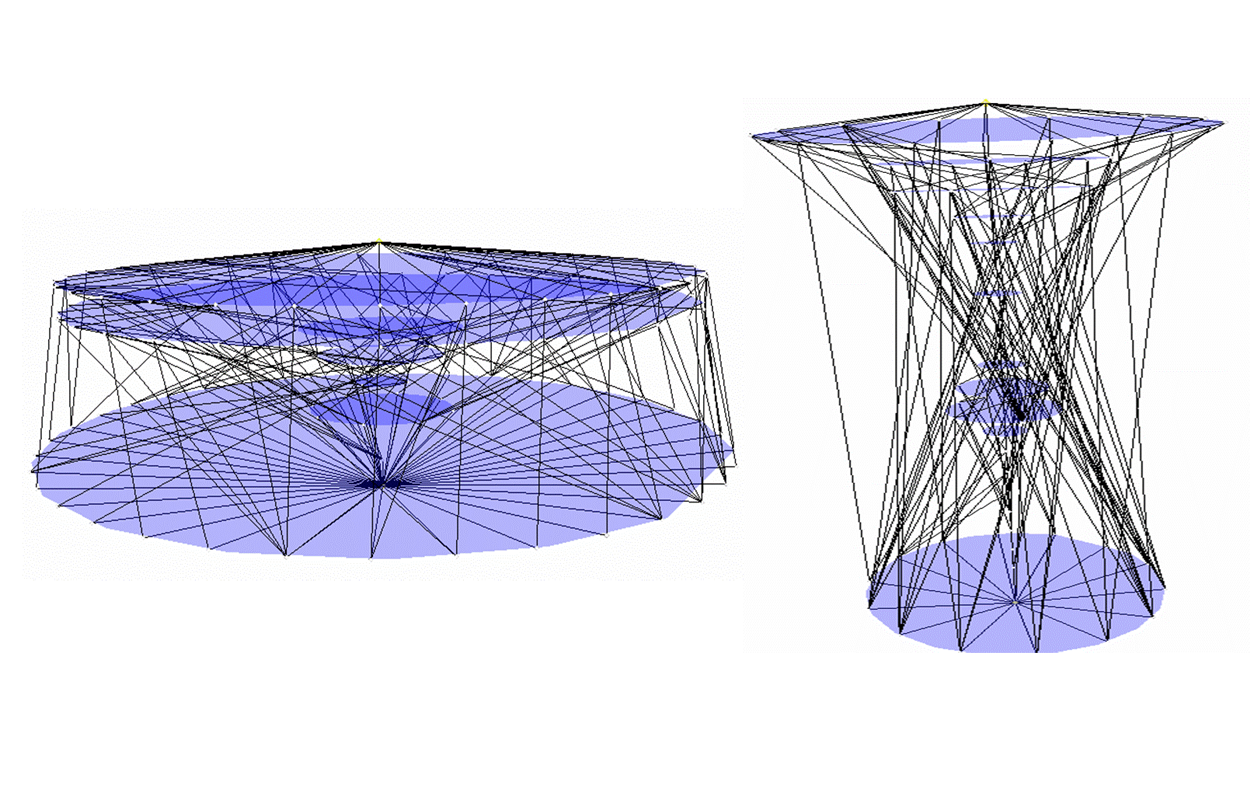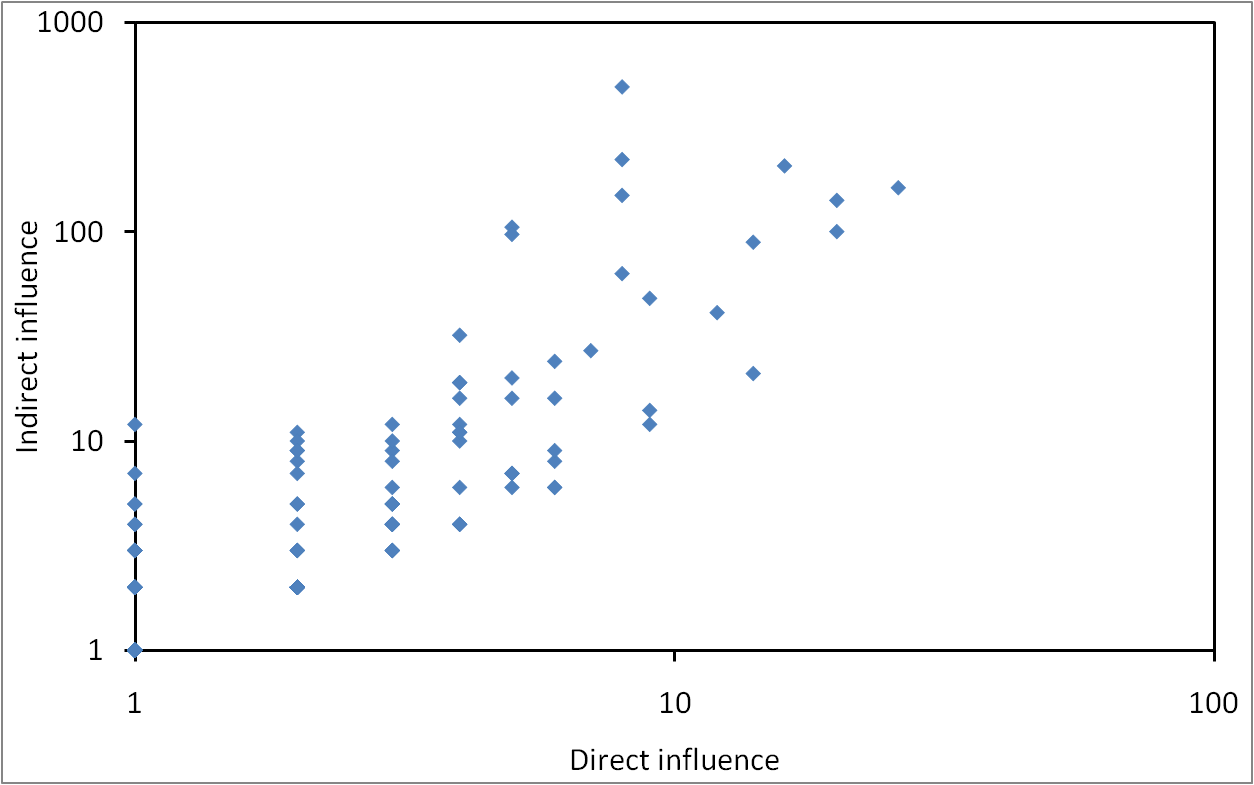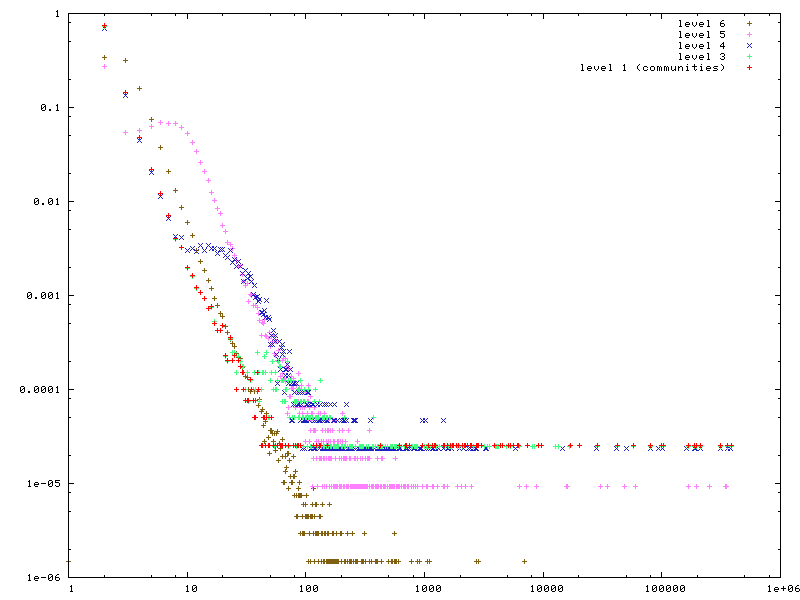Pierre Borgnat, Eric Fleury, Jean-Loup Guillaume, Clémence Magnien, Céline Robardet et Antoine Scherrer
Proceedings of NATO Advanced Study Institute on Mining Massive Data Sets for Security, IOS Press, 2008
Most real networks often evolve through time: changes of topology can
occur if some nodes and/or edges appear and/or disappear, and the types or weights
of nodes and edges can also change even if the topology stays static. Mobile devices
with wireless capabilities (mobile phones, laptops, etc.) are a typical example
of evolving networks where nodes or users are spread in the environment and
connections between users can only occur if they are near each other. This whois-
near-whom network evolves every time users move and communication services
(such as the spread of any information) will deeply rely on the mobility and on
the characteristics of the underlying network. This paper presents some recent results
concerning the characterization of the dynamics of complex networks through
three different angles: evolution of some parameters on snapshots of the network,
parameters describing the evolution itself, and intermediate approaches consisting
in the study of specific phenomena or users of interest through time.
Download




